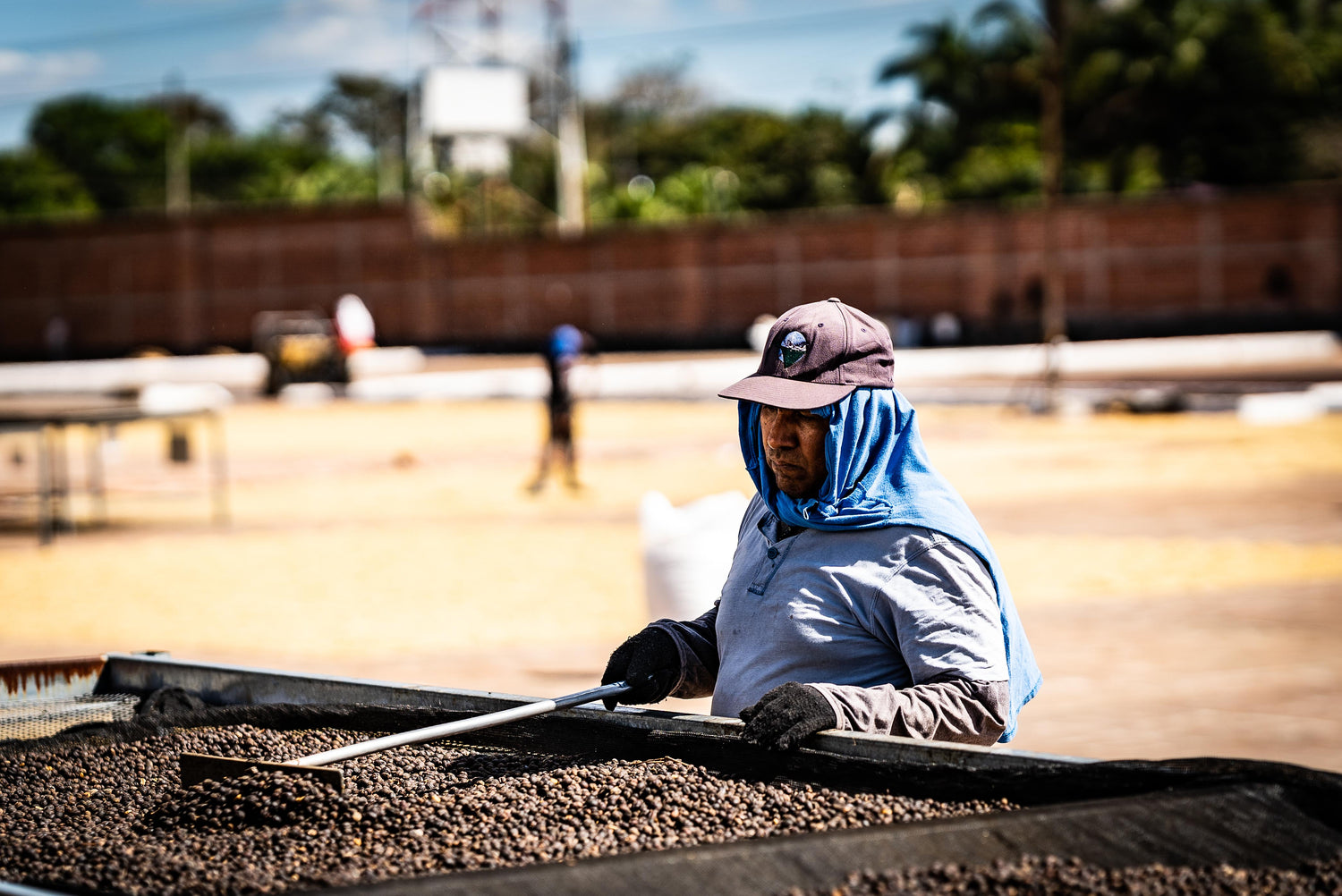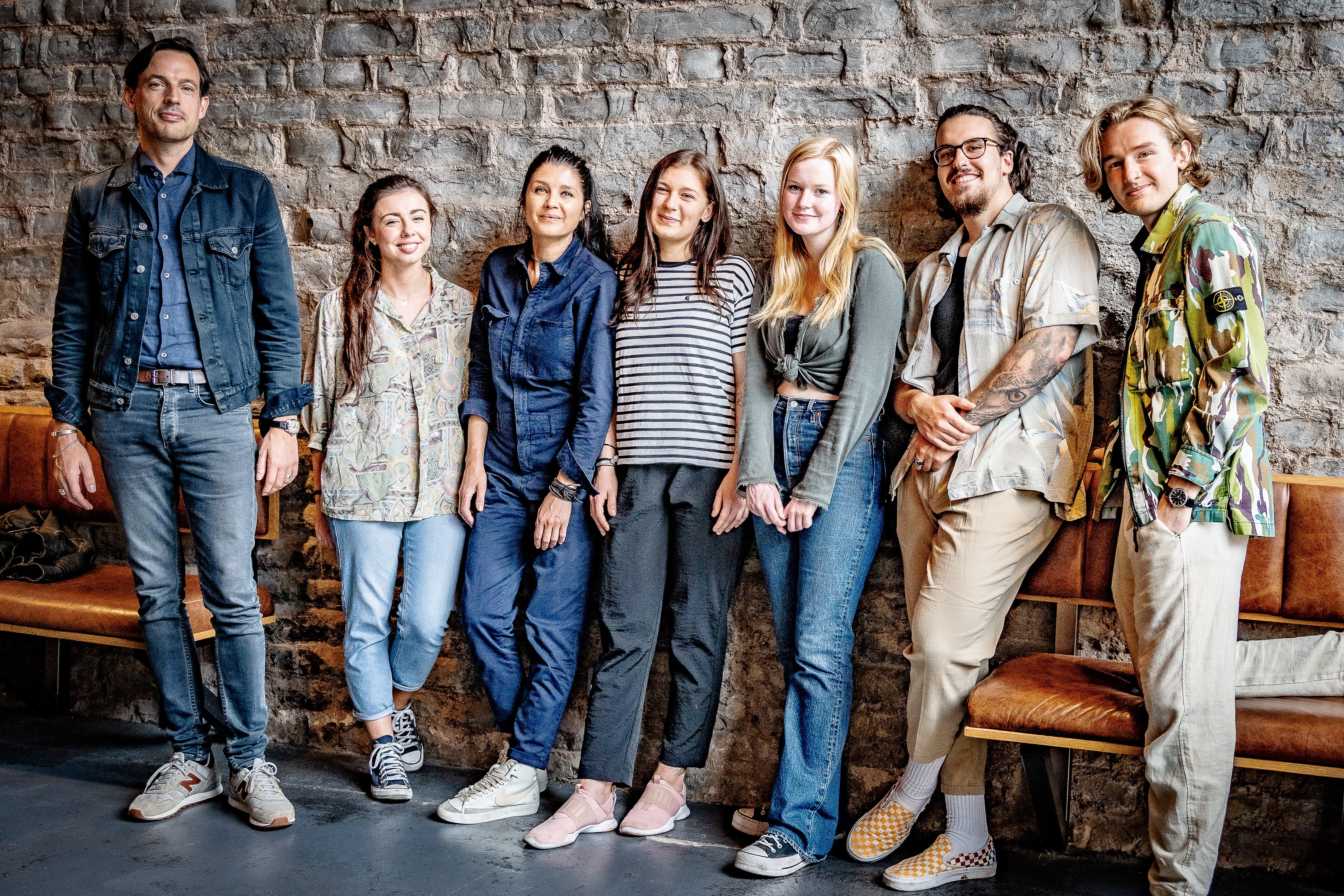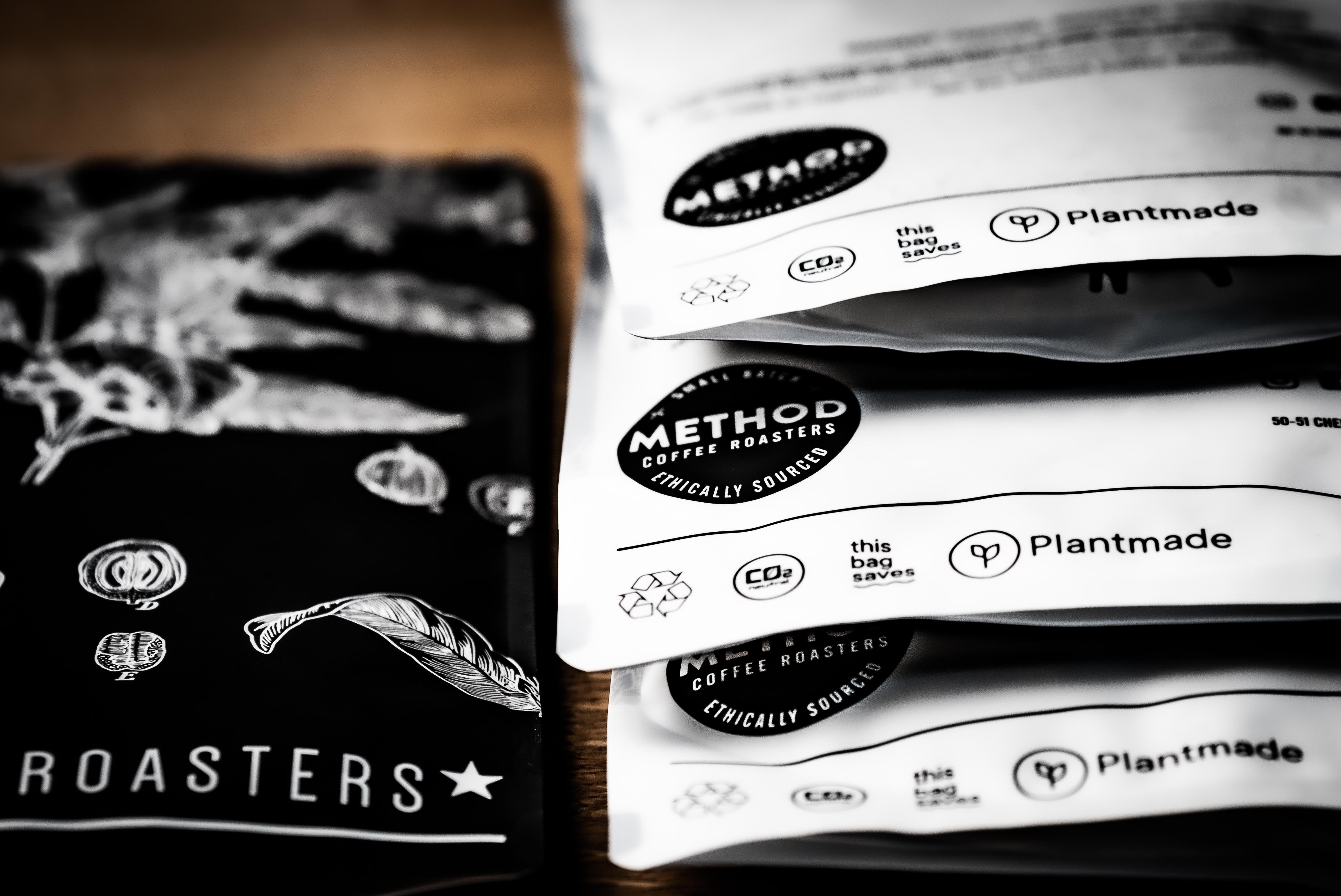Honey Processed Coffee
Our latest coffee from Costa Rica just landed - a honey processed lot from Finca San Francisco. We took the opportunity to have a closer look at honey processed coffee to discover what’s involved and how this processing technique influences the flavours in your cup … read on for all things ‘honey’ !
The Honey Process has become increasingly popular in speciality coffee production, especially in Central and South American countries - for some farmers in this region ‘honeys’ have replaced washed coffees as their preferred technique for processing coffee cherry.
Today Honey Processing is one of the most widely used methods, pretty remarkable for a process that as recently as 10 years ago was fairly niche. So how and why did it become so popular and what does it involve? Spoiler alert - there’s no actual honey used!
Before we get into how the honey process influences flavour, we need to go back to the the beginning and look at what happens after our coffee has been harvested.
Once the coffee cherries have been selected and picked, the seeds (or beans) have to be separated from the flesh of the fruit - the pulp. This part of production is referred to as processing; there are several ways, or processing methods, that can be used to make this separation happen - the honey process being one of them.

You say Honey, I say pulped-natural …
Eh? Well … it’s coffee, so the real explanation isn’t simple - where would the fun be in that?
Across different parts of the world there are many names for the honey process - pulped natural, semi-washed and honey process all describe a type of post-harvest process that is somewhere between washed and natural.
The pulped-natural process started in Brazil where there was a desire to produce coffee faster and with less risk of defects than in the dry or ‘natural’ processing method that was traditionally used there. The name tells us what’s happening: the fruit is pulped and then dried like a natural (with the mucilage still attached).
This pulped-natural technique also describes what’s happening in the Honey Process, the latter term becoming especially popular within speciality coffee. It’s essentially the same procedure, but with a few important differences …

White Honey, Yellow Honey, Red Honey or Black Honey ?
The honey process starts out in the same way as a washed coffee; cherries are poured into a large tank, where they may be sorted. From here, they are passed through a de-pulper, where the beans are squeezed out of the coffee cherry and then separated from the pulp.
The next stage in the process is different to what happens with a washed coffee: The beans will now be dried, with the thin, sugary membrane still intact. This membrane is left to dry on the bean, where it caramelises in the sun. Whilst drying the beans become sticky and change to a golden brown colour - a little like the colour of honey.
Honey processed coffees can be described in different ways depending on how much of this sugary mucilage is removed during the pulping. This means there are white, yellow, red and black variants. Depending on the drying method and how much mucilage is left on the bean different colours are achieved. These different variants can also contribute to different flavour profiles.
The key difference between pulped natural and honey processing is that with honeys the producer aims to achieve different sensory profiles based on the amount of mucilage removed. There is also greater attention to cherry selection and the drying process will generally be more closely monitored - beans are constantly hand turned and in some cases shade dried. Because the layer of sugary membrane is very thin there is a much lower risk of over fermentation than with the natural process.
The advantages of the Honey Process
Honey processed coffees have the benefit of achieving more body, balance and sweetness (with a lower acidity) while also retaining some of the complexity and clean flavours associated with a washed coffee.
To further understand the Honey Process it helps to be familiar with the two opposite poles of typical coffee processing: washed coffee and natural processed coffee, you can read more about these here.
Introducing Finca San Francisco
Costa Rica is well known for its micro-lots, in particular honey processed coffees, so if you’d prefer to head straight to the honey, our latest Costa Rican coffee is a great place to start.
Finca San Francisco is the name of Edgar Fallas Solis' small holding, located in the mountainous central region of Costa Rica. We’ve been buying coffee from Edgar and his family since 2017; the quality is excellent and he’s always looking to improve.
This year’s selection is a deliciously sweet and rounded Honey-Processed lot; it’s a great example of what this method can add to a coffee - you can find out more here.






Leave a comment
This site is protected by hCaptcha and the hCaptcha Privacy Policy and Terms of Service apply.